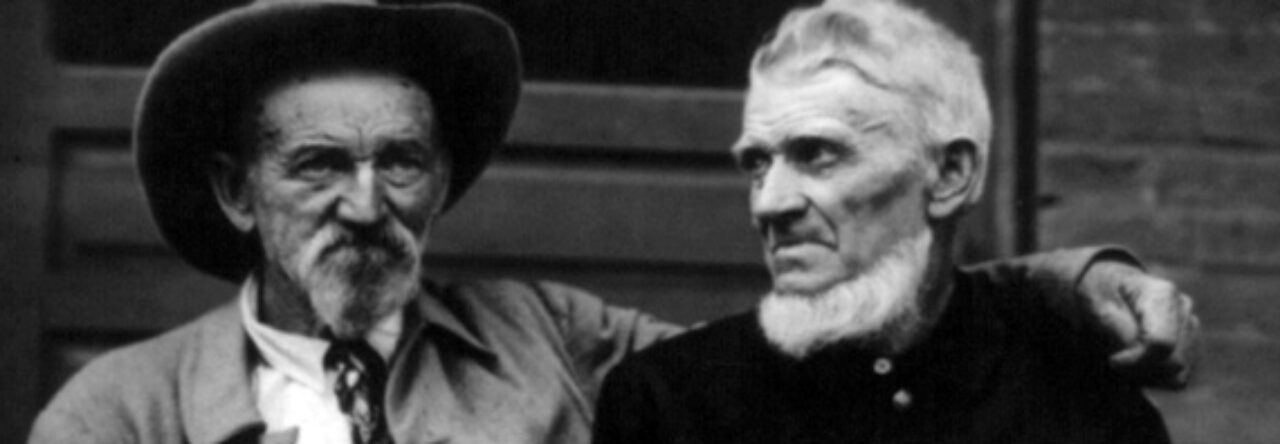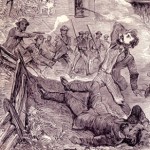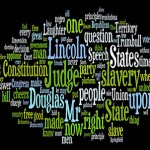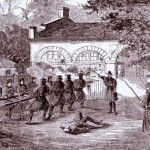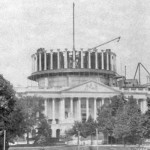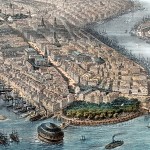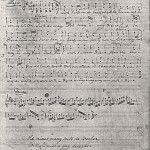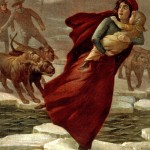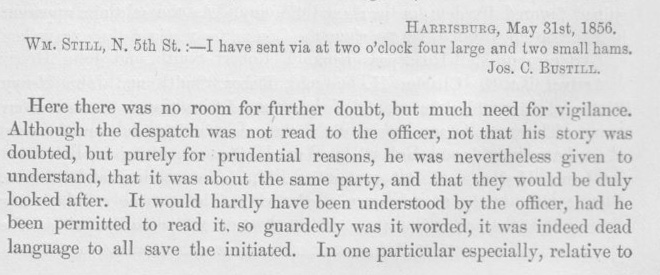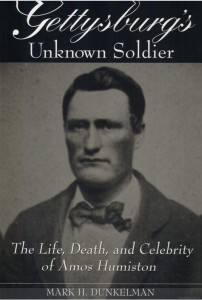 The Mexican-American War was an aggressive and smashing victory that saw the United States acquire massive new territories in the south-west and along the Pacific coast. This typified a dynamic decade that saw the admission of four new states, two slave and two free, the rise of women’s rights activity, the intensification of the Underground Railroad, and the discovery of gold in California that touched off an unprecedented and frantic western migration.
The Mexican-American War was an aggressive and smashing victory that saw the United States acquire massive new territories in the south-west and along the Pacific coast. This typified a dynamic decade that saw the admission of four new states, two slave and two free, the rise of women’s rights activity, the intensification of the Underground Railroad, and the discovery of gold in California that touched off an unprecedented and frantic western migration.
“Manifest Destiny”
 Democratic writer and columnist John L. O’Sullivan wrote first in the Democratic Review in July 1845 and then in his column in the New York Morning News in December that it was “the right of our manifest destiny to overspread and to possess the whole of the continent which Providence has given us for the development of the great experiment of liberty and federated self-government entrusted to us.” The popularity of the phrase sparked political controversy but it captured much of the spirit in the country at the time and has endured as an important definer of American attitudes.
Democratic writer and columnist John L. O’Sullivan wrote first in the Democratic Review in July 1845 and then in his column in the New York Morning News in December that it was “the right of our manifest destiny to overspread and to possess the whole of the continent which Providence has given us for the development of the great experiment of liberty and federated self-government entrusted to us.” The popularity of the phrase sparked political controversy but it captured much of the spirit in the country at the time and has endured as an important definer of American attitudes.
Washington Monument
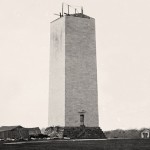 The cornerstone of the Washington Monument was laid on July 4, 1848. Construction to the design of Robert Mills began soon after but was halted in 1854 through lack of funding. Construction was not resumed until 1879. The obelisk was finally dedicated on Washington’s Birthday, 1885, completed in late 1886, and opened to the public on October 9, 1888. It was the tallest building in the world at the time.
The cornerstone of the Washington Monument was laid on July 4, 1848. Construction to the design of Robert Mills began soon after but was halted in 1854 through lack of funding. Construction was not resumed until 1879. The obelisk was finally dedicated on Washington’s Birthday, 1885, completed in late 1886, and opened to the public on October 9, 1888. It was the tallest building in the world at the time.
The Telegraph
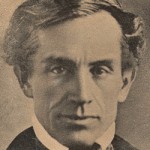 The invention and instant spread of the electric telegraph revolutionized communications. In the United States, its development was largely the work of Samuel Morse, who demonstrated his work in a link between Washington DC and Baltimore, sending the famous biblical question “What Hath God Wrought” on May 24, 1844. Within two decades almost every part of the United States had a telegraph office that send text over thousands of miles within seconds.
The invention and instant spread of the electric telegraph revolutionized communications. In the United States, its development was largely the work of Samuel Morse, who demonstrated his work in a link between Washington DC and Baltimore, sending the famous biblical question “What Hath God Wrought” on May 24, 1844. Within two decades almost every part of the United States had a telegraph office that send text over thousands of miles within seconds.
Charles Dickens in America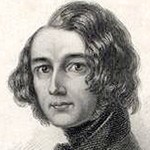
Already an international celebrity, the thirty-year old author and his wife spent two months in North America in June and July 1842. Mobbed wherever he went, he gathered his keen and often humorous observations into American Notes, published soon after he returned home to England. Critical yet admiring, his Notes reserved their harshest words for America’s continuing institution of slavery. Dickens published his famous Christmas Carol the next year in 1843.
